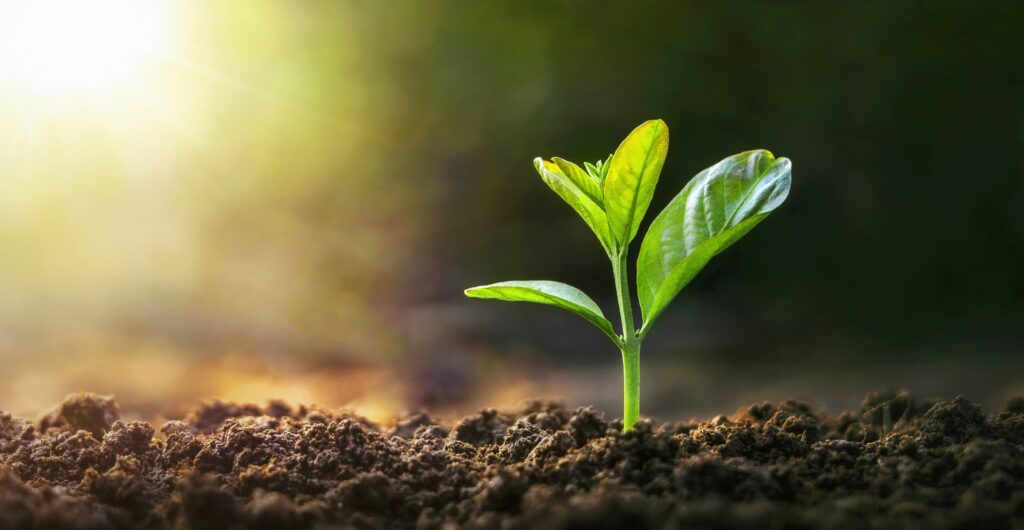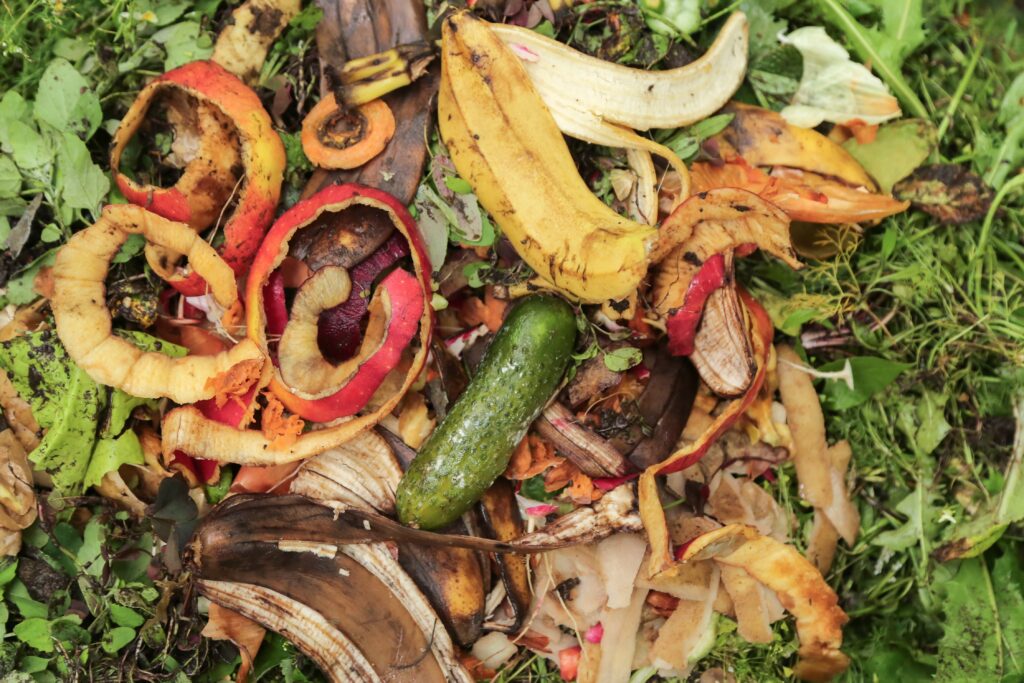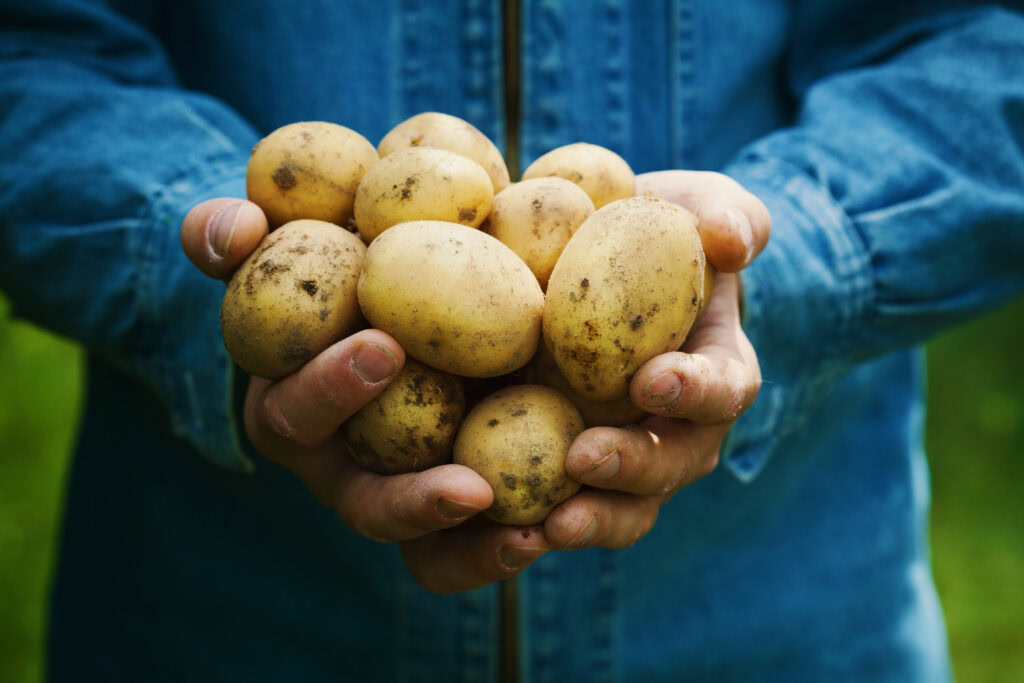The council started issuing 240 litre brown collection bins to residents in August 2004 for the combined collection of green waste, uncooked kitchen waste and glass.
Results so far show the scheme is helping divert around 60% of household waste from landfill in total each month. This figure also includes a dry recyclables collection, which the council collects fortnightly.
The glass and green waste are also collected fortnightly, with 99% of the council's 44,000 residents on both services.
Landfill diversion
The mixed green waste and glass collections, said Steven Archer, head of environmental services at the council, saw the amount of waste going to landfill in August and September fall by about 30%. “In September 2003 we were sending nearly 3,000 tonnes of household waste to landfill, but this September the figure fell to 1,734 tonnes.”
Mr Archer explained the decision to collect and glass and green waste together followed discussions with Lincolnshire-based Mid-UK Recycling. At the time, the council was not collecting glass with dry recyclables because of contamination concerns.
“We were already thinking about collecting green waste and we were in talks with Mid-UK about the company composting the waste for us. The company knew that we weren't collecting glass and told us it thought the two materials could be collected together,” said Mr Archer.
He said that the council had not heard of glass and green waste being composted together before but decided to try the system and has been encouraged by the results. “We have seen the material at the end of the windrow process and it looks roughly the same as any other compost,” he said.
The process
Going on to explain the scheme, Mr Archer said that Mid-UK takes out any large pieces of glass by hand before the composting process. “There isn't a huge amount of crushed up glass anyway because the green waste cushions it in the vehicle,” explained Mr Archer. He added that Mid-UK said the glass within the green waste, to a certain extent, allows the green waste to 'b;reathe more easily' during the composting process.
Any glass sorted out of the composting process is used again in aggregates and composted materials make a Grade 2 compost, which can be used on agricultural land. Mid-UK also produces compost for horticultural markets using material from other companies and local authorities and therefore keeps the North Kesteven material separate to avoid contamination.
Results
Mr Archer said that with the new scheme, the council was hoping to reach a recycling rate of about 45% for 2005/06. “Our target is actually 18% for 2005/06 but we achieved just over 20% for 2003/04 and we are at around 28% at the moment so we are doing well. We are expecting to at least get to the mid forties by 2005/06,” he said confidently.
At the moment a fifth of what is collected in the brown bins is glass, and the council is aware that during the winter the amount of green waste will decrease. But, Mr Archer said that Mid-UK will still be able to carry out the composting process with a higher proportion of glass in the mix.
According to Mr Archer, Mid-UK is currently in discussions with the Composting Association about achieving the composting standard – PAS 100 – accreditation for the compost produced from North Kesteven. He said that both parties felt positive about achieving the accreditation.







Subscribe for free